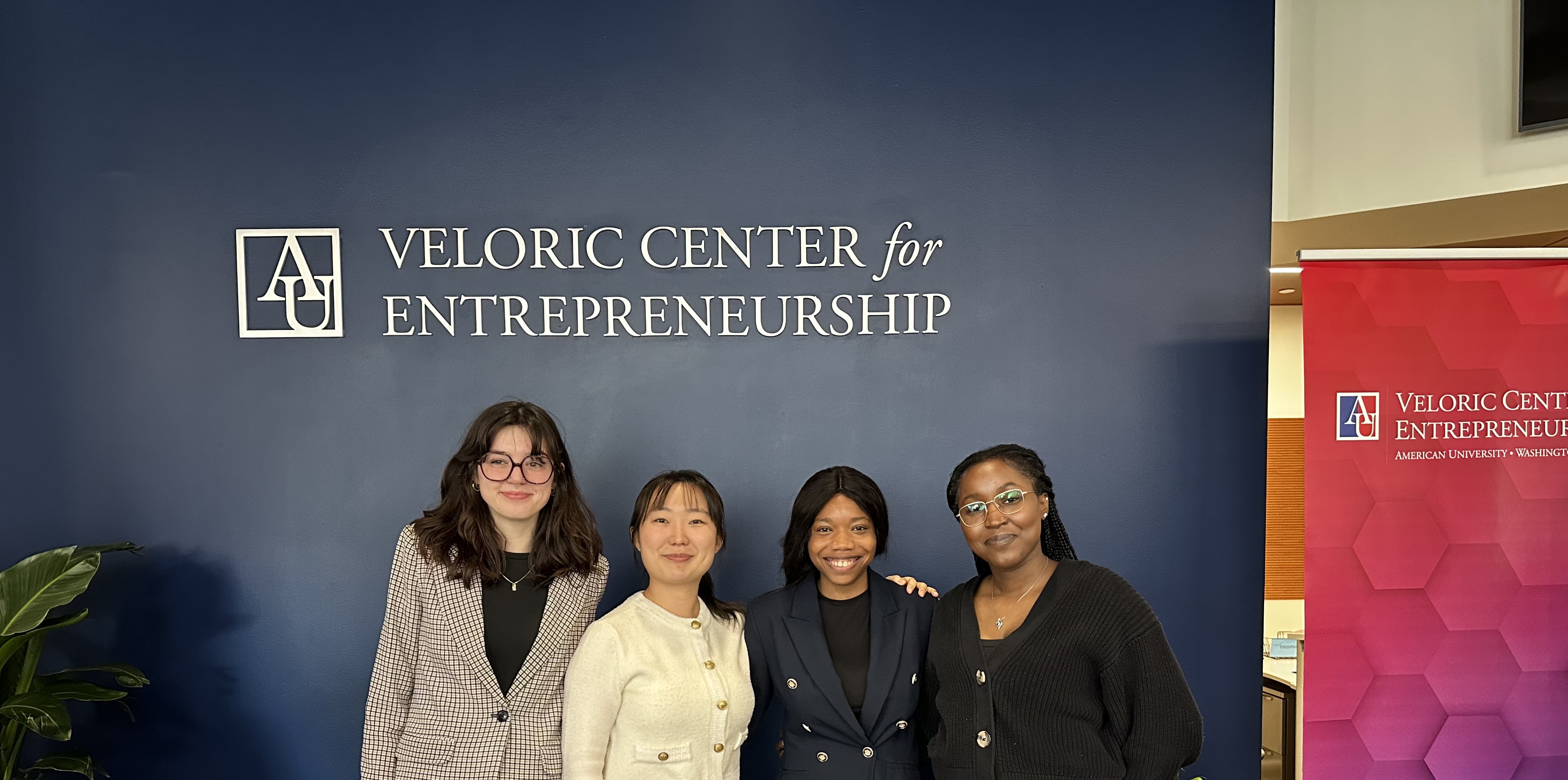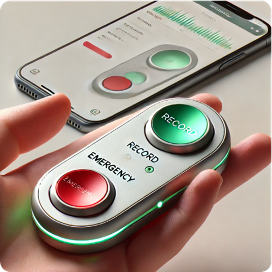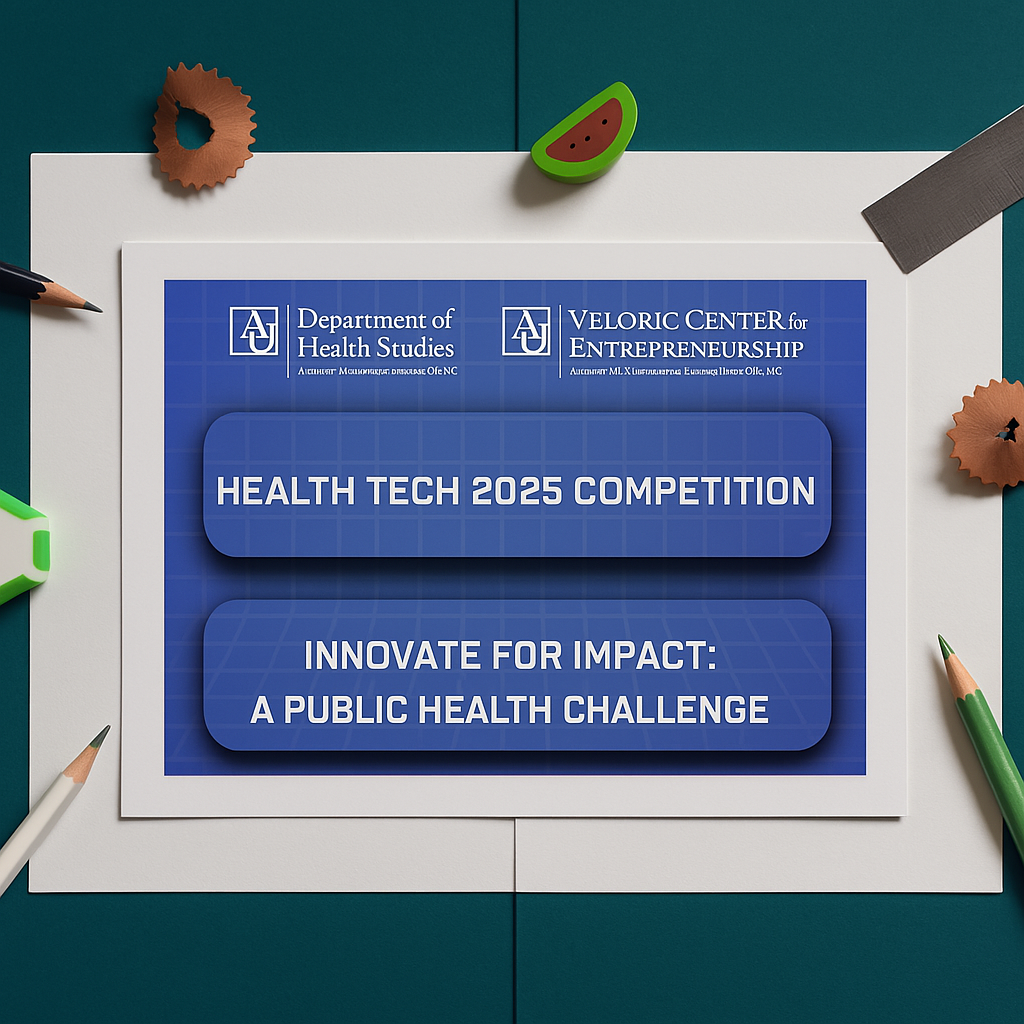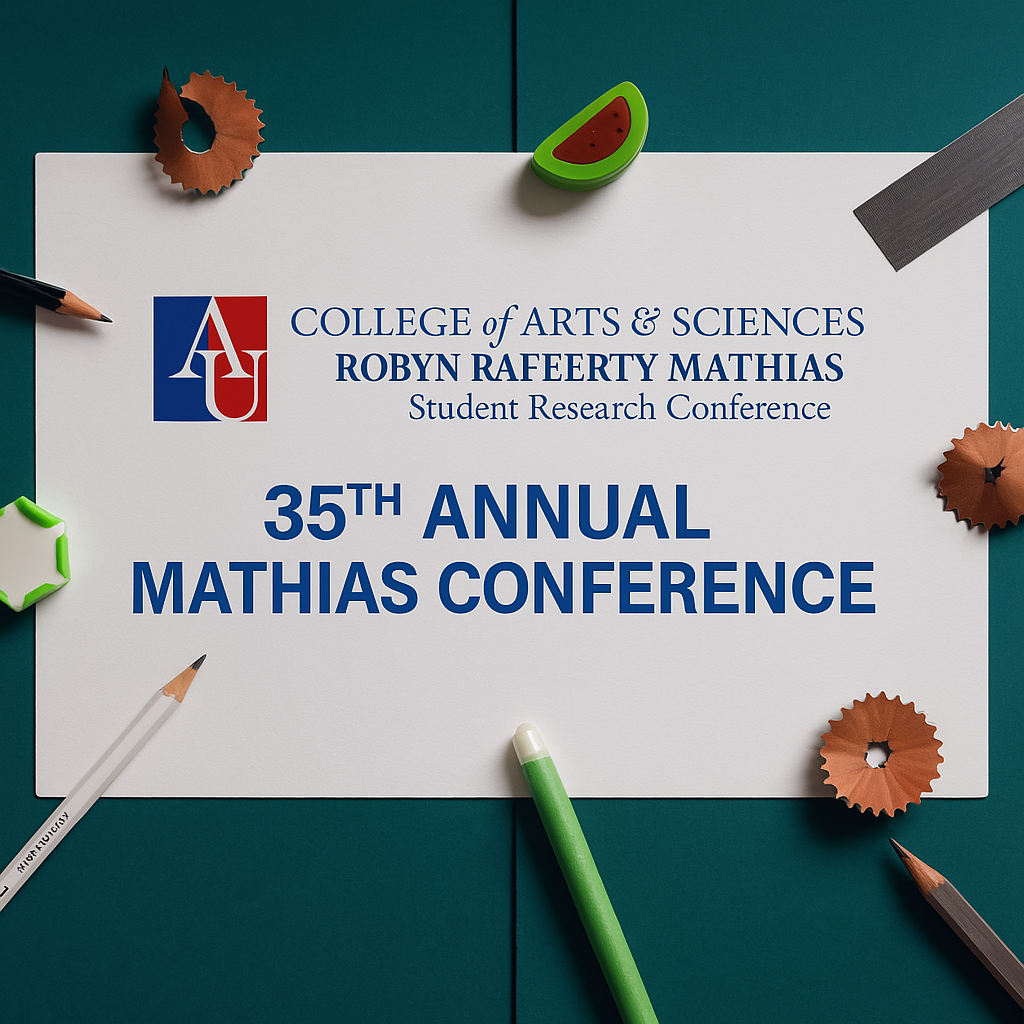Earlier this semester, I had the privilege of participating in the HealthTech 2025 Competition hosted by the Veloric Center for Entrepreneurship and the Department of Health Studies at American University. Alongside my talented teammates, we took on the challenge of designing a technology-driven solution that addresses a major health disparity while centering the needs of underserved and marginalized communities.

The scenario was realistic and high-stakes: imagine a local DC hospital issuing a $500,000 grant to support the development and pilot rollout of the winning solution. Our mission? To design and pitch a product that could improve public health outcomes in a meaningful, scalable, and sustainable way.
We focused on a pressing issue in mental healthcare—the lack of continuous monitoring and timely intervention between therapy sessions. Our solution was MoodSync, a mental health platform designed to bridge the communication gap between patients and clinicians. Mental illness affects one in five U.S. adults, yet treatment gaps persist due to stigma, inconsistent care, and limited access to timely support. We wanted to build a tool that would empower both patients and providers with better data, smarter insights, and faster responses.
MoodSync offers several core features: daily patient logging, a real-time clinician dashboard, AI-powered reflections for emotional support, and an emergency alert function. Patients can track mood, sleep, medication adherence, and symptoms daily, while clinicians access a secure dashboard with data visualizations and AI-generated alerts for early intervention. The AI assistant adds a layer of support by detecting patterns in patient reflections and highlighting concerning trends before they escalate.
We designed a B2B subscription model for clinics and hospitals, with flexible pricing and early adoption incentives like waived activation fees and free pilot trials. The U.S. behavioral health market is projected to reach $151.6 billion by 2034, and we see MoodSync contributing to this growing demand by helping providers deliver more proactive and personalized care.
From designing the app and clinician dashboard to conducting market analysis and developing a grant utilization strategy, the competition pushed us to think holistically. My role focused on the data science and software development side, applying what I’ve learned in the MS in Data Science program to build out the technical architecture, AI features, and real-time processing infrastructure.

Though our team didn’t walk away with the top prize, it was an incredibly rewarding experience. We learned how to pitch to a panel of healthcare professionals and venture capitalists, gained exposure to industry trends in digital health, and strengthened our skills in interdisciplinary collaboration. Most importantly, we left inspired to keep pushing boundaries in tech-enabled public health solutions. I’m grateful to the organizers, mentors, and judges for providing such a rich learning opportunity, and to my teammates for their dedication and creativity throughout the competition.


